My Prayer Routine: How it Started
Or, how I went from a prayer noob to a spiritual Tyrannosaurus, Part the First
This was getting long so I broke it up. Part 2 can be found here.
NB: I am not a spiritual Tyrannosaurus. I’m not sure they were very spiritual, and they couldn’t even hold a breviary their stupid little arms. The important thing is this: I’m better than I was, which is really all we can ask, unlike the Tyrannosaurus, which is much worse than it was.
Developing a prayer routine is a very personal thing. There’s no need to pay attention to tradbros who insist upon a daily regimen that includes mass and a complete Rosary and the 1961 Roman Breviary in Latin and a Holy Hour and four or five litanies and if time is left over they sustain themselves on pocket lint and dandelion dew. Some days a Hail Mary may be all you have (everybody has at least one in them every day), and as someone with long experience of depression let me begin by saying, that’s okay.
I barely even had that much at one point, but I built on this l’il Ave, and it grew from a little acorn of prayer into a mighty oak of mixed metaphors.
Everyone has to find what works and what doesn’t, what they will stay with and what falls by the wayside, and more importantly, what puts them in a place where they can contemplate the Lord. There are many paths of prayer, but the best one is the one that works for you. It took a lot of trial and error to find mine, and it continues to evolve. In fact, it should probably always be evolving for all of us, with devotions that don’t work being replaced by those which do.
In Part 2, I’m going to set out an ideal day of prayer for me as it stands today. When I say “Ideal” I am admitting that I there are days I don’t hit every one of my goals. The only things I never miss--and if I do I must bring it confession--is the prayer of the church, the Divine Office in Lauds and Vespers, along with some lectio, and the reading of the Rule of St. Benedict. I am obliged under penalty of sin to perform those devotions every day as a bare minimum due to my ordination and my oblate promises. I take those very seriously.
Loomings
It wasn’t always like this. Back when I was reverting to the faith (some time around 2001), I struggled to end each day with some half-hearted intentions and the Lord’s Prayer. The habit wasn’t there. It needed to be worked at.
Eventually, I subscribed to the Magnificat devotional. I committed to praying its daily offerings (morning and event prayer, readings, and a meditation), but failed miserably. Days would go by with nothing, or maybe a desultory hour here or there. *Magnificat* is a perfect daily devotional for the laity: a scaled-down version of the two cardinal hours, readings, and fine meditations. I cannot recommend it enough.
Over time I was able to develop a daily commitment to it and hit most of the high points, but I never fully made it mine. I never reached a point then I felt as though forgetting it for a day would be like forgetting eating or brushing my teeth.
That didn’t happen until I adopted the Divine Office. About ten years ago, I decided to commit to it in a serious way. I found a simple habit-tracking app which used action chains to show progress. (This is sometimes called the Seinfeld method.) It gamified habit-building by a) reminding you to perform the task and b) creating an incentive to keep an unbroken task chain. It took less than two months of tracking before the habit was there and I dropped the app, and I have not broken that habit since. Thus, the strange combination of the Holy Spirit, technology, and Jerry Seinfeld helped cement the practice.
Tools of Prayer
At first, I used devices for prayer. I’m partial to Universalis, which I’ve had for many, many years and have used across websites, computers, Kindle, and iOS. I also would listen to the Liturgy of the Hours with the Divine Office app. Others prefer iBreviary. I like Universalis because it’s always there: no downloading or internet connection required.
My devotions deepened further when I picked up the four-volume Liturgy of the Hours and began adding the Office of Readings more routinely. Personally, I consider a print breviary essential, although I do sometimes go back to the electronic versions if traveling or faced with a new feast that’s not in the books yet.
People can complain about the translations in the modern LotH all they want—and I will be the first to say the New American Bible (NAB) is trash—but either through habit or perhaps Stockholm Syndrome, I’ve grown fond of the Grail psalms. I have many of them memorized, and I feel that their simple language and sprung rhythm lends itself nicely to prayer.
Are there better literary psalms? Of course, but hey, I’ve heard “On Eagle’s Wings” at the funerals of so many loved ones that now, even though I fully know the obvious weakness of the schmaltzy stand-by, it does its work on me. We don’t always choose what we respond to.
Certainly, I’m still capable of going into a rage spiral at the cuts to the four-week psalter and alterations ot the calendar, but that won’t get me anywhere, and I’ve been working on my anger issues. The church is not going to change it because the imprecatory psalms may hurt someone’s feelings. (Narrator: They would not hurt anyone’s feelings.)
There are two other breviaries that I go to sometimes:
- Divine Liturgy: Daily Office. It’s a beautiful daily office with a fine translation, a full psalter, and generous scripture readings, created for use by the Ordinariate and based in the rich devotional tradition of the English language. The laity is fully able to use it, but I have not yet sought permission to make it my ordinary breviary, and I’m not fully certain if I would shift to it permanently. The patterns and cadences of the LotH and four-week psalter are now etched in my mind through habit, and I feel a little adrift when I don’t use that version. I wrote about it here.
- Monastic Diurnal: This is the one-week breviary of Benedictines, and it is for spiritual athletes. Putting aside the complexity of navigating it (which can be learned in only a few months), it is long and demanding. It’s also richly rewarding and places you squarely in the Benedictine tradition. As an oblate, I do have permission to supplement the standard LotH with this. What I don’t have is the time.
I found my way to these tools by small and halting steps, with plenty of backsliding, but by the time I entered formation for the diaconate, I was already fixed in my practice of the LotH and a prayer routine, and was able to deepen it as I set out on my journey toward ordination.
My way may not be your way. That’s fine. If you want to pray with the church, Liturgy of the Hours is liturgy, and provides a beating devotional heart that compliments and the Mass and draws us deeper into the life of the church. It does not call to everyone, however, and prayer must be a call. It’s a matter of listening and discerning, which certainly requires some trial and error.
We’ll talk about that process eventually, but in the Next Installment of Our Thrilling Series, I’ll use my idea prayer plan as an example of how one person seeks God on a daily basis. Tune in Thursday for the thrilling conclusion.



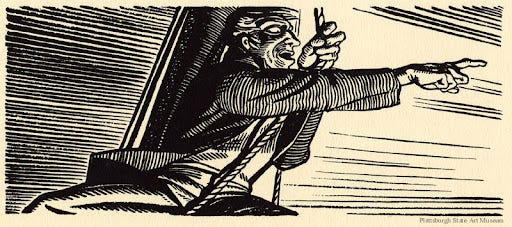

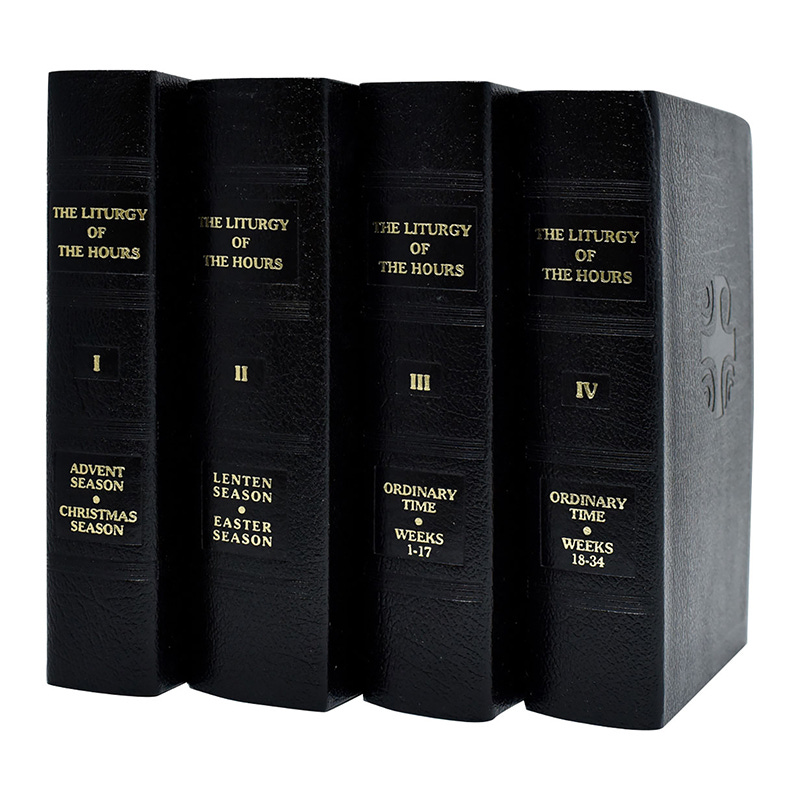

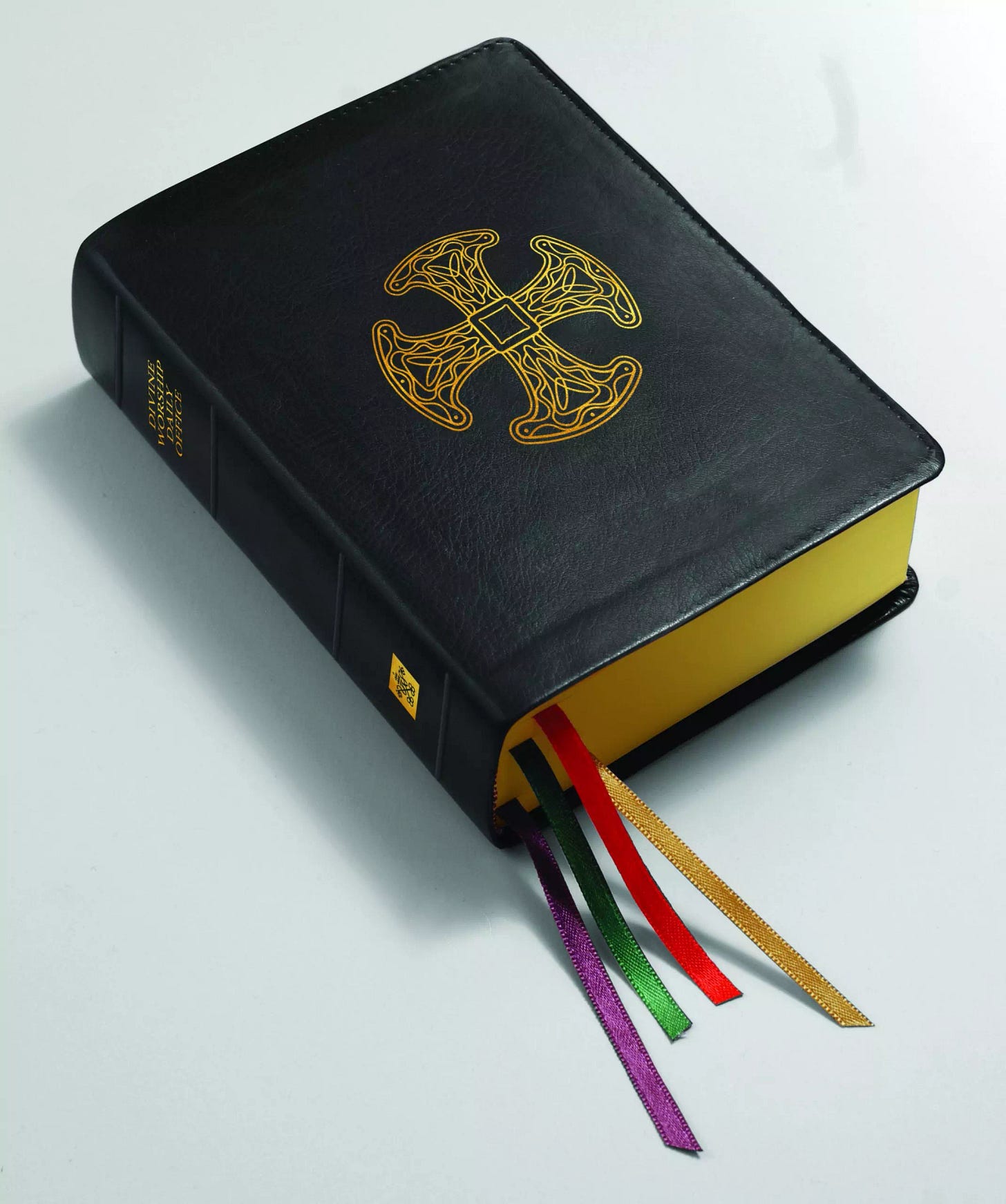
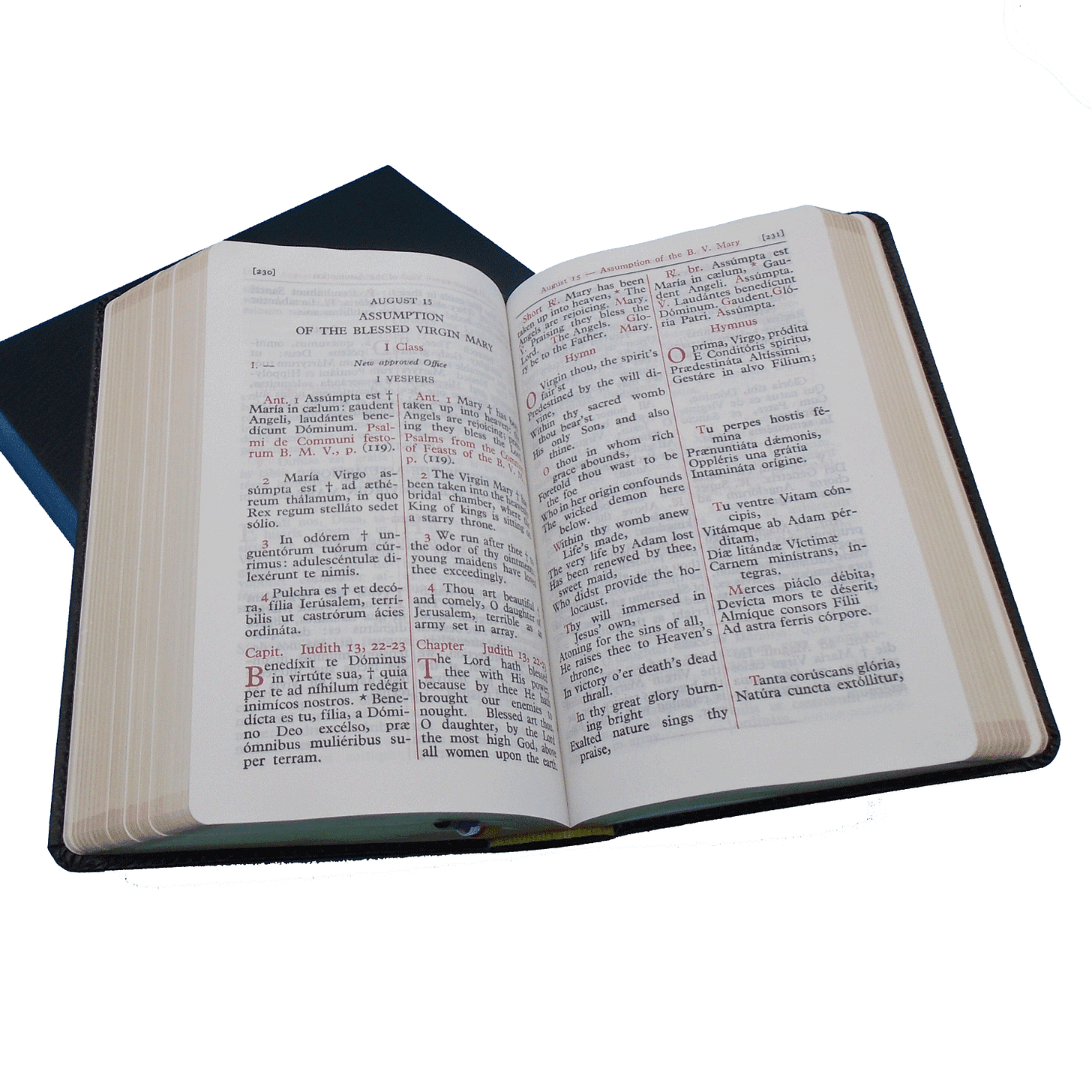
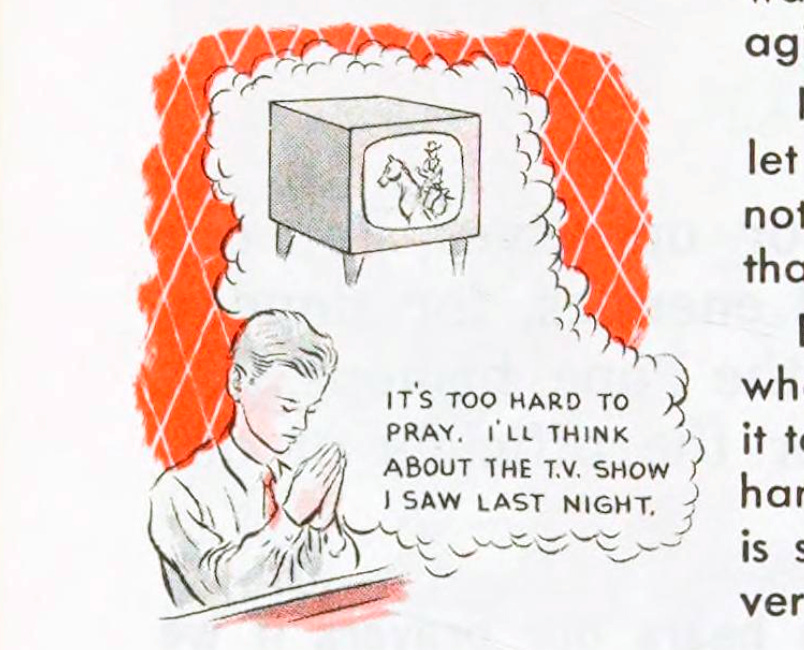
Thanks for doing this. I'm curious about others' daily devotional life. I've been Catholic for only ten years; I see how my routine has changed and what I'd like to be doing vs reality.
"I’ve heard 'On Eagle’s Wings' at the funerals of so many loved ones that now, even though I fully know the obvious weakness of the schmaltzy stand-by, it does its work on me."
It is also dear to me.
The Easter that I became Catholic, I was in college...and not just in college, but on a semester abroad in Rome. My classmates were called upon to improvise a hymn or two for the little Vigil that was organized for us English-speakers at the convent where we were staying...and "On Eagle's Wings" was just about the only one enough of them knew well enough from memory to pull off.
It is an objectively poor hymn across multiple dimensions, and as for my dear friends' a cappella rendition that evening...it's probably just as well it took place years before everyone had recording devices on them at all times.
But it is not an allergy to any of that which is bringing tears to my eyes as I remember it.